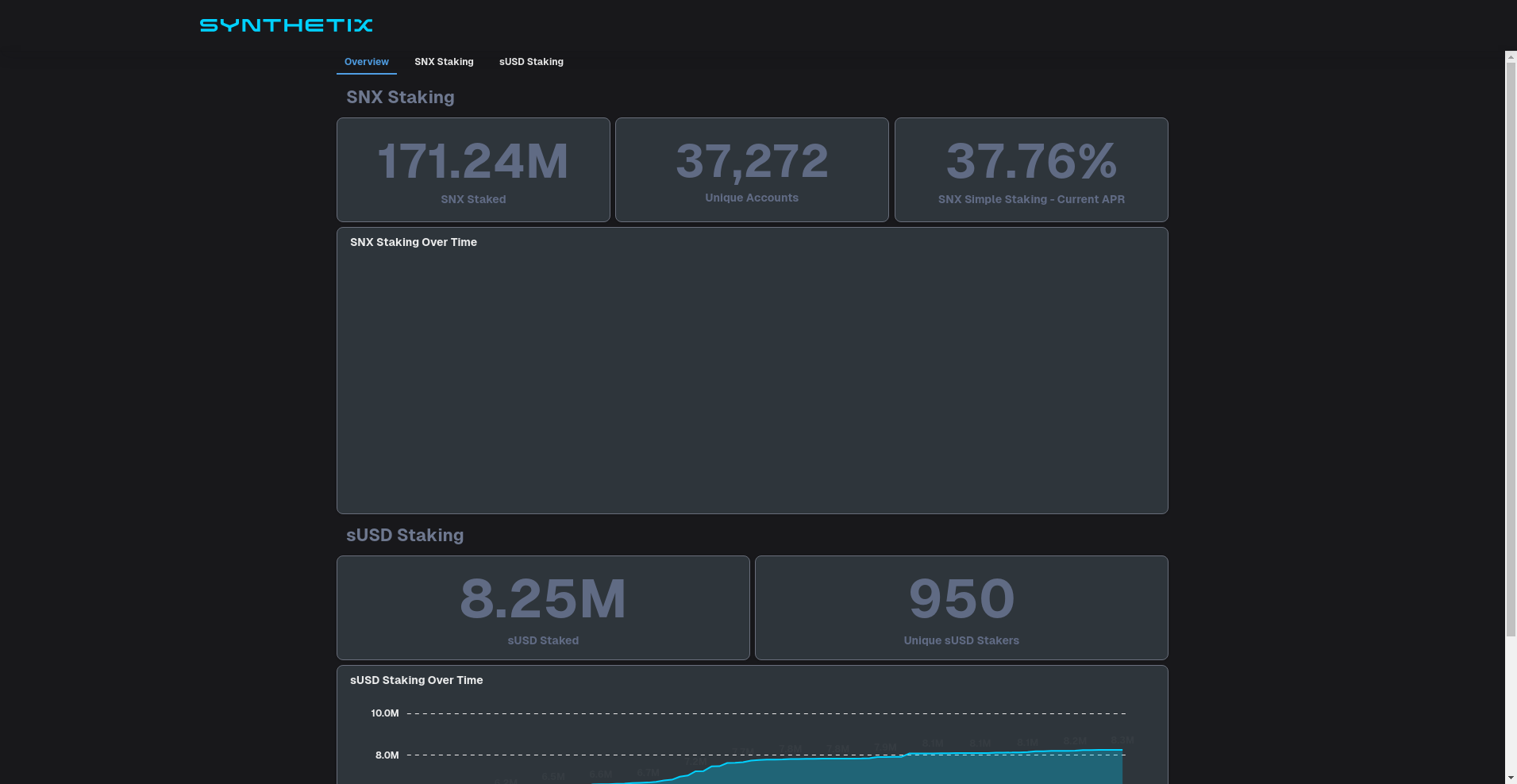sEUR ($SEUR) Review: A Data-Driven Legitimacy and Risk Assessment

Project Overview
sEUR is an algorithmic stablecoin implemented within the Synthetix ecosystem, designed to maintain a peg to the euro (EUR). According to the available audit and market data, sEUR has a circulating supply of approximately 995,004 tokens, with a market cap around $806,400. The token's current price is roughly $0.81, reflecting a slight decline of about 42% over recent trading periods. The project aims to provide a decentralized, collateral-backed stablecoin that integrates seamlessly with the broader DeFi infrastructure, offering users a euro-pegged asset free from centralized control.
This review offers an impartial analysis of the project's legitimacy, security posture, tokenomics, ecosystem activity, and associated risks based on the indicated data sources. The aim is to provide a neutral, evidence-based assessment so investors and stakeholders can understand its current strengths and potential vulnerabilities.

Team and Roadmap Evaluation
Information regarding the specific team behind sEUR is limited; the project is situated within the Synthetix ecosystem, which is known for its decentralization and community-driven governance. The audit history includes contracts audited by reputable firms such as iosiro, Sigma Prime, and Cryptecon, indicating engagement with experienced security auditors. These audits focused on various smart contracts underlying Synthetix's synthetic assets, providing a baseline level of trust in the codebase.
Key milestones from the broader Synthetix roadmap include:
- Audit Completion: Multiple audits from well-known firms, with an ongoing bug bounty program.
- Platform Upgrades: Regular upgrades to the Synthetix protocol, including the recent return to Ethereum mainnet and efforts to decentralize governance.
- Market Expansion: Deployment of derivative products across multiple chains, with a strategic focus on expanded liquidity and infrastructure robustness.
While direct team credibility is not detailed here, the governance structure and continuous audit engagement suggest an organization committed to transparency and security. However, the lack of publicly known or centralized leadership could pose governance risks, especially if oversight mechanisms are unwieldy or subject to community polarization.

Security and Trust Analysis
This assessment relies primarily on the Cer.live audit report for sEUR’s smart contracts. The audit coverage is reported at 80%, indicating substantial but not complete scrutiny of the codebase. The audit explicitly acknowledges the presence of incidents, although no specific vulnerabilities are detailed in the summary provided, suggesting no critical exploits have been publicly reported so far.
Key points from the audit include:
- Coverage Level: 80% audit coverage on live contracts, signifying a high degree of examination but leaving some components potentially unreviewed.
- Incidents: Past incidents are acknowledged, though details are not specified. The project’s ongoing bug bounty program indicates proactive security management.
- Absence of Insurance: The project does not currently carry insurance, which could impact user confidence in the event of smart contract exploits or losses.
- Additional Audits: Multiple platform audits from reputed firms strengthen confidence in the underlying smart contracts.
In conclusion, while the security posture shows diligent oversight and multiple audits, the partial audit coverage and lack of insurance coverage introduce residual risks. Potential investors should weigh the importance of these factors when considering exposure to sEUR.

Tokenomics Breakdown
sEUR’s tokenomics reveal a circulating supply of approximately 995,004 tokens with a market cap around $806,400, placing its price at roughly $0.81. The total supply closely matches circulating figures, indicating minimal or no undisclosed minting beyond current circulation. The token’s utility likely centers on its function as a euro-pegged asset within the Synthetix ecosystem, potentially used for trading, collateralization, and governance participation.
Important tokenomics details include:
- Total Supply: 995,004 sEUR tokens, almost entirely in circulation.
- Market Cap: Approximately $806,400, suggesting a relatively small market presence compared to mainstream stablecoins.
- Liquidity and Volume: The recent 24-hour trading volume of roughly $1,332 indicates limited liquidity and trading activity, which may impact market stability and exit-ability. This also highlights the risks associated with low trading volume for stablecoins.
- Token Utility: Primarily as a pegged stable asset, with potential roles in collateralization, trading, and interface with DeFi protocols.
- Risk Indicators: The small market cap and low liquidity pool volume imply higher susceptibility to price manipulation and slippage, and potential difficulty in liquidating large positions without impacting market price.
Sustainability of the tokenomics relies on ongoing liquidity provisioning and community trust. The absence of details on inflationary or deflationary mechanisms suggests the supply is relatively static; however, the peg’s stability hinges greatly on the broader ecosystem’s health and collateral backing quality.
Ecosystem and Development Activity
Market activity shows that sEUR is actively integrated within the Synthetix ecosystem, albeit with limited trading volume—roughly $1,332 in the past 24 hours—indicating a niche or less liquid trading environment. The presence of active audits and ongoing bug bounty programs suggests a focus on maintaining security standards.
Significant ecosystem developments include:
- Audit and Security Focus: Multiple reputable audits and bug bounty initiatives highlight ongoing efforts to ensure smart contract security.
- Market and Liquidity Growth: While current trading volume is modest, the protocol continues to expand its derivative offerings and cross-chain integrations to enhance liquidity and utility.
- Community Engagement: Active Discord and social presence imply a committed community, although broader adoption is yet to be established.
In general, ecosystem activity appears cautious but steady, with a focus on security, sustainability, and gradual growth rather than explosive expansion. The small trading volume indicates that the asset remains relatively illiquid, which could pose risks in adverse market conditions.
Reviewing the Terms and Conditions
Analyzing the available legal framework reveals standard legal disclaimers typical of decentralized projects:
- Risk Disclosure: Participation is at the user’s own risk, and no guarantees are provided regarding security or performance.
- No Insurance: The lack of custodial insurance exposes users to potential smart contract risks beyond basic security measures.
- Jurisdictional Restrictions: Users from certain high-risk or sanctioned jurisdictions are explicitly barred from accessing the protocol, including countries such as North Korea, Iran, Syria, and others.
- Intellectual Property & Legal Notices: Terms of use likely include standard legal disclaimers, indemnity clauses, and privacy notices, although specific clauses are not detailed here.
No unusual contractual clauses were identified; however, the typical disclaimers specific to decentralized stablecoins apply—mainly emphasizing the experimental nature, smart contract reliance, and jurisdictional restrictions.
Final Analysis: The Investment Case for sEUR
Based on the available data, sEUR exhibits certain strengths, including its integration within the reputable Synthetix ecosystem, ongoing audits, and planned technical upgrades. Its peg stability is maintained through collateral and governance mechanisms, but the small market cap and limited liquidity imply higher exposure to market manipulation, slippage, and rapid price swings. Security posture benefits from multiple audits yet leaves some residual risk due to partial audit coverage and absence of insurance coverage.
- Pros / Strengths:
- Embedded within a large, well-established DeFi ecosystem (Synthetix).
- Active security audits from reputable firms.
- Decentralized governance and active community involvement.
- Use of collateralized smart contracts with transparent supply metrics.
- Potential for integration in broader DeFi applications and liquidity pools.
- Cons / Risks:
- Low trading volume and liquidity, affecting market stability and exit options.
- Limited audit coverage and no active insurance, increasing smart contract risk.
- Small market cap making it susceptible to volatility and price manipulation.
- Dependent on the stability of collateral backing and governance decisions.
- Use in the ecosystem appears niche; broader adoption is uncertain.
In conclusion, while sEUR demonstrates a credible technical and security foundation backed by audits and active governance, its small liquidity footprint and lack of insurance coverage pose tangible risks. Its stability and future value will heavily depend on continued ecosystem support, liquidity provisioning, and the robustness of collateral mechanisms. Prospective users and investors should approach with cautious due diligence, especially considering its modest market capitalization and trading activity.
This impartial analysis aims to shed light on the project's current standing and potential vulnerabilities, allowing stakeholders to make more informed decisions regarding involvement with sEUR.

Olivia Lewis
Sociotechnical Systems Analyst
I analyze the intersection of social networks and blockchain systems. I use data to expose how scammers manipulate communities with bots, FUD, and engineered hype.
Similar Projects
-
LATOKEN
LATOKEN Review: Scam or Legit? Complete Legitimacy Check
-
Santa 2025
Santa 2025 Review: Is This Crypto Project a Scam? Crypto Scam Checker & Analysis
-
Lufina
Lufina ($Fina) Review: A Deep Dive into Its Risks & Legitimacy
-
Catwifmask ($MASK)
Crypto Project Scam Checker: In-Depth Review and Safety Analysis of Catwifmask ($MASK) - Is It a Scam or Legit?
-
DVX
DVX ($DVX) Review: A Deep Dive into Its Risks & Security